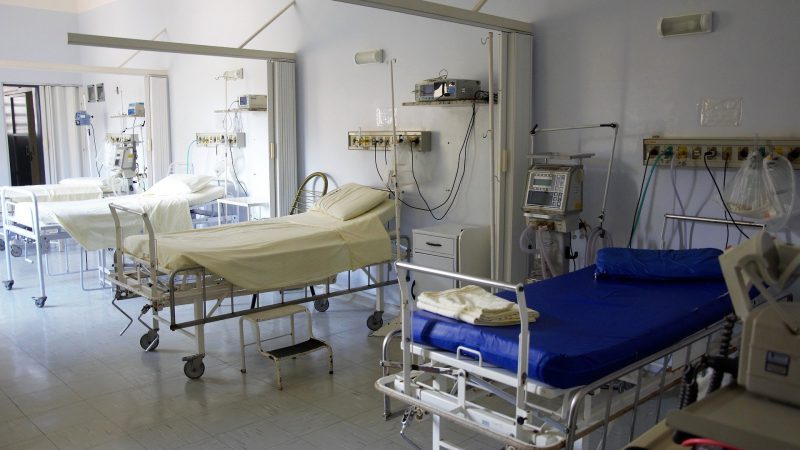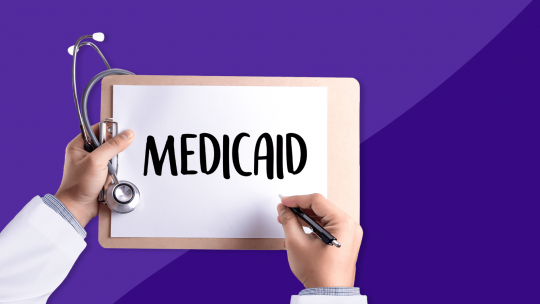
Texas Tribune: How Rural Communities are Solving Health Care Challenges
On February 16, The Texas Tribune held a forum in Tyler, Texas on issues related to rural health care challenges in Texas. Texas Insight attended the forum, and the forum…
Read more







